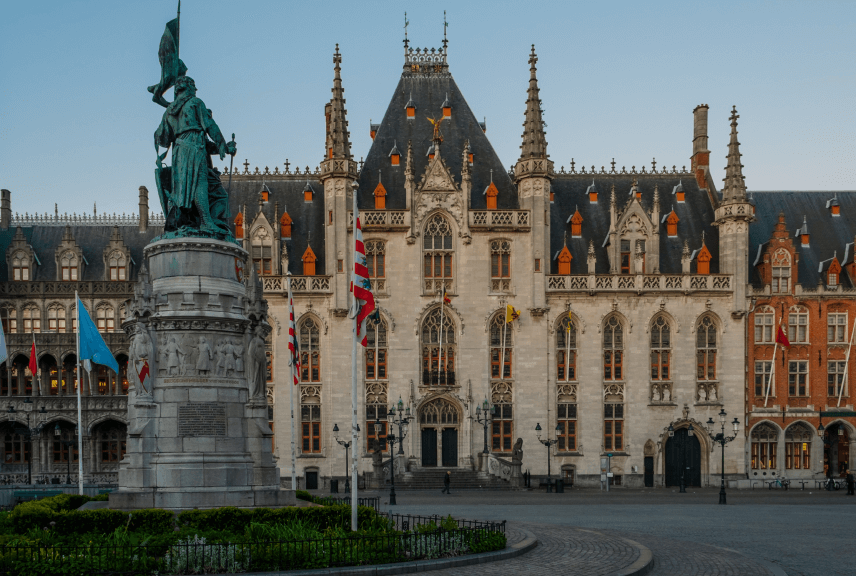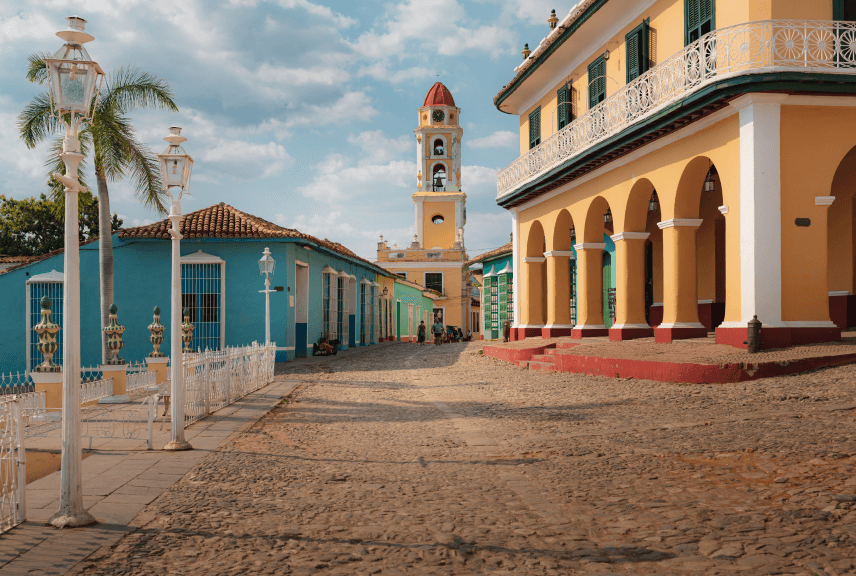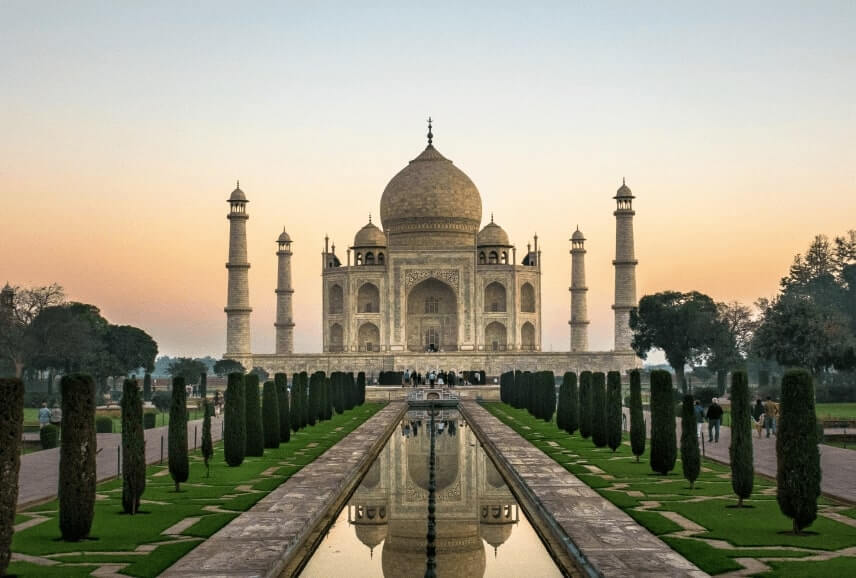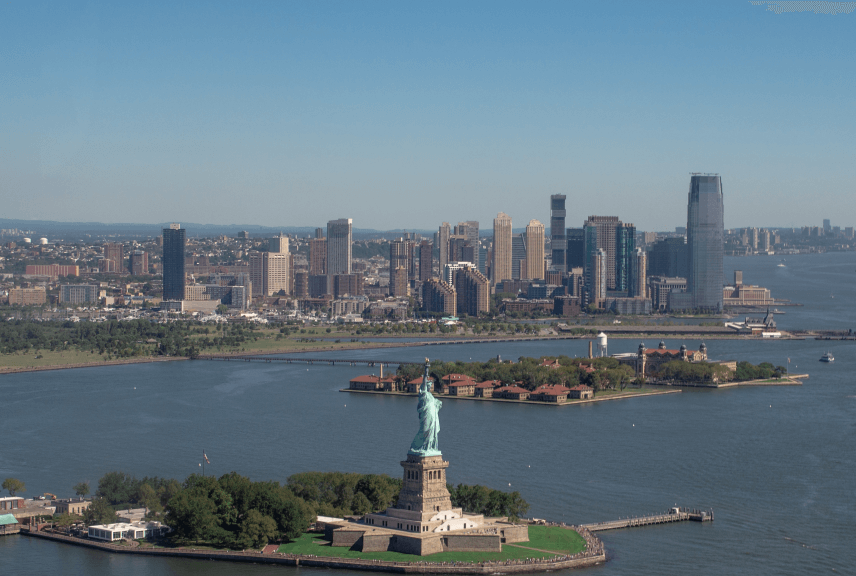Moth-Ki-Masjid
Built by Miyan Bhuwa, a minister during the reign of Sikandar Lodi (1517-26) in the early 16th century, Moth-ki-Masjid is located behind one of the modern localities of the capital, South Extension Part II. Situated in the village named Masjid Moth, the mosque can be reached either by taking the Khel Gaon Marg through the Uday Park area or the Aurobindo Marg alongside Yusuf-Sarai.
Raised on a platform, the mosque has an impressive red sandstone gateway on the eastern side. This three-domed mosque is considered an important milestone in the growth of Mughal architecture, especially in regard to the ornamentation of mosques, because of its special features. The prayer chamber of the mosque has five arched openings, all of which are beautifully ornamented, including the mihrab, which has Quranic inscriptions in Naskh characters. Special treatment has been done to the central arch built of red sandstone by decorating it with marble. There are double storeyed towers with arched openings at the rear ends of the roof and domed octagonal chhatris on the corresponding walls.

The mosque has the rather unusual name of Moth-ki-Masjid, for according to legend, Miyan Bhuwa built this mosque from the revenue earned by producing a large crop from just a single grain of moth, a kind of lentil. his grain was presented to him by Sikandar Lodi himself. The minister produced many more seeds from that one seed and over a period of time raised a large enough crop to construct this mosque with its revenue.
















